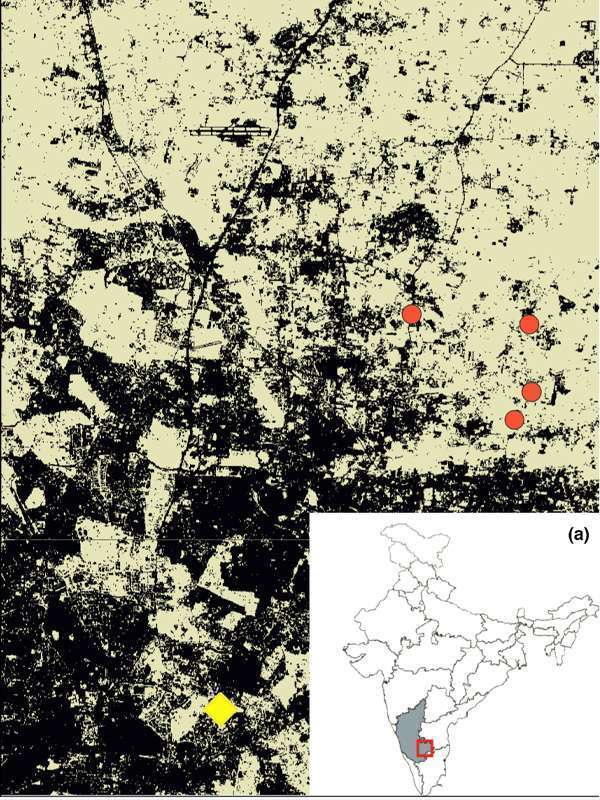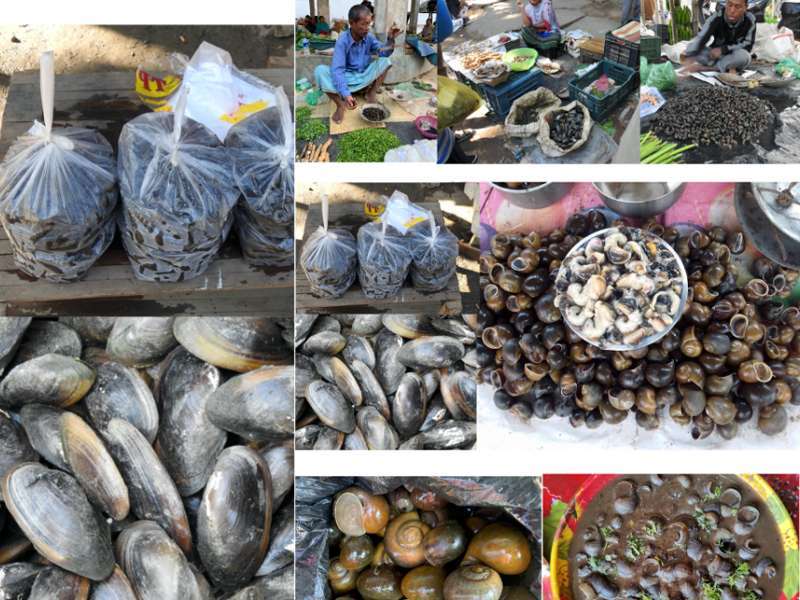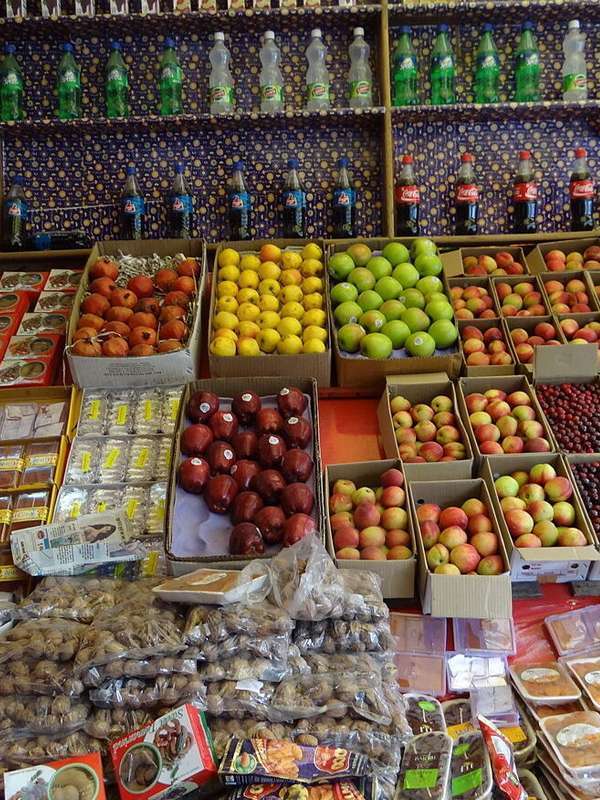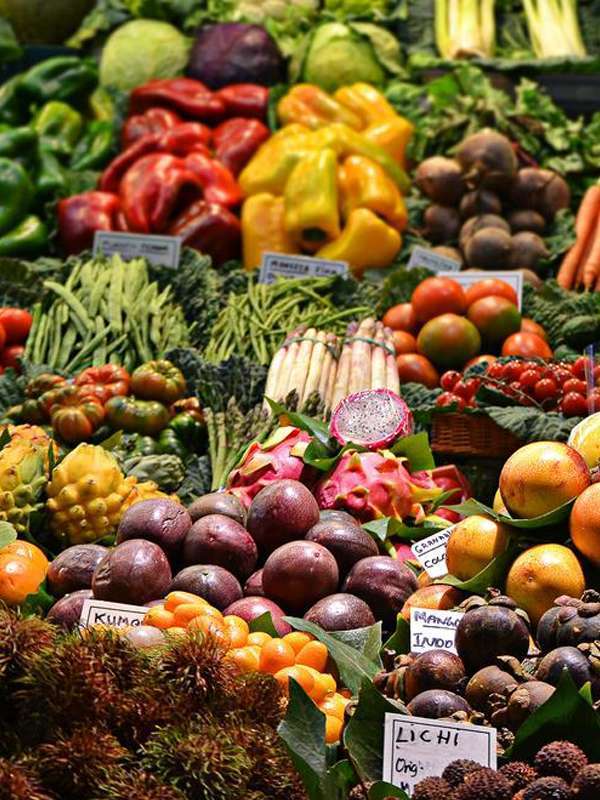Explained: Why making agri-commodity value chains sustainable is a tough task

https://www.thehindu.com/sci-tech/energy-and-environment/agricultural-commodity-value-chains-sustainable-climate-change/article66853378.ece
Direct and Indirect Effects of Urbanization, Pesticides and Wild Insect Pollinators on Mango Yield

Gabriel Marcacci, Soubadra Devy, Arne Wenzel, Vikas S. Rao, Shabarish Kumar S., Nils Nölke, Vasuki V. Belavadi, Teja Tscharntke, Ingo Grass, Catrin Westphal Journal of Applied Ecology | July 24, 2023 Expanding cities increasingly encroach fertile farmlands, questioning the viability of maintaining agriculture within and around them. Yet, our knowledge on how urbanization influences pollinator communities and the provision of pollination services to crops is […]
Editorial: Coexistence between conservation and food security in social-ecological systems

Silvio J. Crespin, Saloni Bhatia and Tolera S. Jiren Frontiers in Conservation Science | 17 July, 2023 Nature’s demise is a global crisis that jeopardizes food security and human well-being. Due to human activities, close to a million plant and animal species face extinction within the ensuing decades (IUCN, 2022). However, November 15th, 2022 is […]
NE India consumes 18 species of freshwater snails; Mizoram biggest seller

East Mojo
What is Organic Food? How Do We Identify Organic Products?

Irfan Shakeer, Priya Ranganathan Mongabay | June 8, 2023 Organic food products are the result of a farming system that avoids the use of hazardous chemical fertilisers, pesticides, growth regulators and livestock feed additives. There are four principles of organic agriculture which are related to health, ecology, fairness and care. The Participatory Guarantee System (PGS) […]
Who’s Responsible for the Environmental Impact of What We Eat?

Manan Bhan The Hindu | June 1, 2023 The ever-increasing demand for agricultural products is leading to significant social and environmental consequences worldwide. The expansion of international trade has created global supply chains, directly linking consumers to geographically-distant impacts, including carbon emissions, biodiversity loss, freshwater depletion, soil degradation and labour-rights issues – all of which […]


